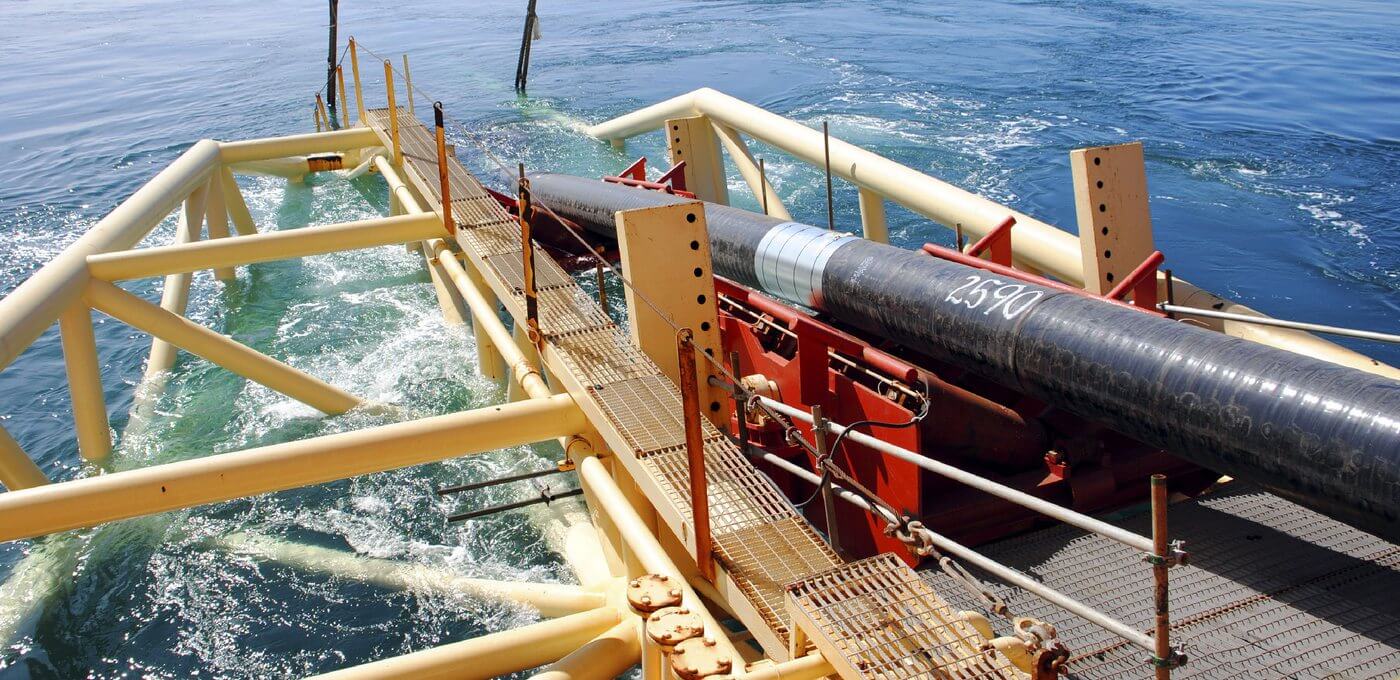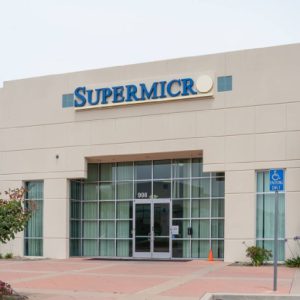
US President Donald Trump and French President Emmanuel Macron appear to have struck up an unlikely alpha male friendship (“we have to make him perfect” cooed Trump at a recent press conference, brushing a fleck of dandruff from Macron’s suit jacket; “he is perfect”).
It may seem fitting as a result that the two nations will be connected by a new private trans-Atlantic subsea cable owned by Google Cloud.
The cable, “Dunant”, will link Virginia Beach in the US to the French Atlantic coast and will increase high-bandwidth availability, as well as create highly secure cloud connections between the US and Europe, Google Cloud said in a post today. It will be operational in 2020.

The company, which claims to have spent $30 billion on infrastructure over the past three years, is busy laying subsea cables globally.
In 2019 Google will commission three others: Curie, a private cable connecting Chile to Los Angeles; Havfrue, a consortium cable connecting the US to Denmark and Ireland; and the Hong Kong-Guam Cable system (HK-G), a consortium cable interconnecting major subsea communication hubs in Asia.
Havfrue consortium members include Facebook, Bulk Infrastructure and Aqua Comms. HK-G consortium members include RTI connectivity and Japanese technology giant NEC.
Why do it Privately?
The company said it built privately to ensure optimised latency through choice of route, among other factors.
“When we build privately, we can choose this route based on what will provide the lowest latency for the largest segment of customers. In this case, we wanted connectivity across the Atlantic that was close to certain data centers, but the reasons could also include the ability to land in certain countries, or to connect two places that were previously underserved”.
Jayne Stowell, Strategic Negotiator, Global Infrastructure at Google, said: “We started off with two private cable projects that run over relatively short distances. These were our Alpha and Beta cables (a nod to how we name software releases), and their success led us to build both Curie and Dunant privately.”
She added: “We’ve worked with consortia on other new cables—including Havfrue, HK-G and JGA-S–and will continue to invest in consortium cables in the future.”






